Particles
Article curated by Grace Mason-Jarrett
The plants and animals around us, even the rocks and air are all made up of a very complex array of atoms, arranged in unique ways. Burj Khalifa is a sky scraper standing at an impressive 828 m high in central Dubai. It is the tallest man-made structure, and yet its made of the same glass, bricks and steel girders all sky scrapers are made of. The unique way in which these common materials have been placed together is what makes Burj Khalifa stable, and so it is with atoms.
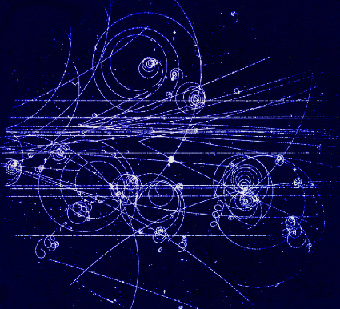
Originally atoms were thought of as the smallest unit of matter. We now know that atoms are made up from electrons and neutrons, and that in turn these are made from elementary particles, quarks. We now know, by using various particle accelerators (of which the Large Hadron Collider (LHC) is the most powerful) to smash particles together, that there are many more particles in the universe. Some exist only fleetingly in the extreme or artificial conditions like cloud chambers. Theories predicting the discovery of more particles, or attempting to explain the weird and wonderful interactions between particles, grow ever more complicated in the face of advancing mathematics. But the question is, does anything make up these elementary particles, or are they the fundamental building blocks of matter? The small scale of anything that could make up elementary particles makes it very difficult to test experimentally. String theory suggests that the different types of elementary particles are formed from the different quantum states of one dimensional strings. There are many different versions that this string theory could take. Current research involves mainly trying to prove or disprove certain variations of string theory. This will help scientists to whittle down some of the possibilities, so that they can determine whether elementary particles are made from these strings.

Fermions and the Pauli Exclusion principle
According to the Pauli Exclusion principle, no two electrons can be described by the same four quantum numbers – they can’t look the same and occupy exactly the same space[1]. However, there is no clear reason in our current electron models (waves or particles) for two electrons to need to be distinguishable, and rule only applies to fermions like the electron, not to boson particles like the photon, which cluster and behave quite differently, producing effects like superconductivity.


 2
2
The tetraneutron
A widely accepted model which has so far been successful in predicting and explaining subatomic behaviour is the Standard Model. It describes almost every particle and fundamental force we have a name for. One such force is known as the ‘strong’ force, and acts over inconceivably short distances. It boasts a power over 137 times more than electromagnetism, but because it only has a range of one femtometer, you and I will not notice its effects. We think this force is responsible for the stability of matter; however, according to the current models, it also prevents structures known as Tetraneutrons from existing. tetraneutrons are, in theory, four neutrons bound together in a stable state. And putting this into the very finely-tuned mathematical equations which have been successful at predicting other phenomenon produces an impossible result. There was a claim of physical evidence of the tetraneutron found in a particle accelerator in Caen, yet the results held large errors so cannot be confirmed. If this particular arrangement of neutrons is discovered, it could mean trouble for maths, and perhaps that we are wrong about many other aspects of the strong force.

The existence of four quark particles has been confirmed at the LHC at CERN, however, their make-up is yet to be determined. Two theories about the arrangement of quarks are a combination of two mesons (made of a quark and an anti-quark) or a new type of particle called a tetra-quark where the four quarks are tightly bound together. If the former is correct, it would be expected that the four-quark particle would decay into two mesons, these have yet to be recorded.

Protons and gluons
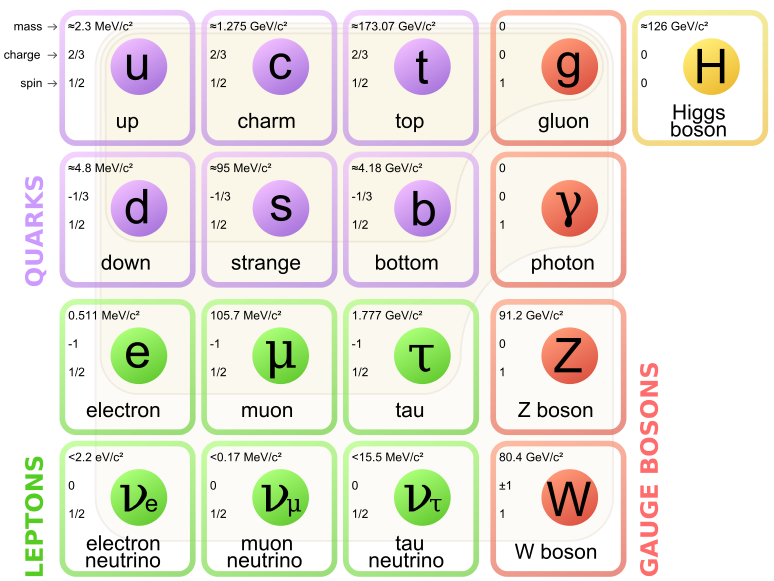
At least that’s what we thought. Deeper exploration into these quarks has revealed that actually, the quarks can only account for part of the protons personality. The particular characteristic in question is spin. Spin doesn’t actually have anything to do with turning, but is an intrinsic property of particles, described as an angular momentum. We used to think spin was caused by the three quarks which make the proton, but the maths just doesn’t add up. Scientists hurriedly revised their theories about the proton swapping one quark for a particularly sticky particle known as a gluon, and changing the types of the other two quarks. Despite their revision, there are still discrepancies between the model and what physicists observe. Something’s missing, but what?

The Higgs Boson
Discovered in 2012, the Higgs boson is a particle predicted by the Standard Model before it was first observed in the chambers of the Large Hadron Collider. Scientists around the world celebrated as the discovery has huge implications in explaining the world around us. But is this mysterious particle detected in the LHC actually the one we were expecting to see?
While scientists cannot see the particle itself (it’s very unstable and so decays quickly), they can see the products of its decay. Some of these daughter particles are photons – particles of light – but the LHC detectors are picking up more photons per Higgs than the Standard Model predicts... It seems the Higgs we detect is not the Higgs we expected to find...
Learn more about What exactly is the Higgs Boson?.


You can read more about the Higgs
Learn more about Does the Higgs Boson have siblings?.

Photons and tachyons
You may have heard that neutrinos can travel faster than the speed of light – this isn’t exactly true. As particles with mass approach the speed of light, they increase in mass (according to Einstein’s theory of relativity). This gain in mass slows the acceleration of the particles down, and in fact before a particle could get to the speed of light, it’s mass would be infinite and it’s acceleration zero. However, photons are particles and they definitely travel at the speed of light – yet they have no mass. Perhaps there are other exceptions to the rule?
Tachyons are theoretical particles which possess the power to zip along at speeds greater than the speed of light, without breaking any of Einstein’s rules. If they exist, then scientists will see evidence of them when otehr particle interact – but, so far, they haven't.

 2
2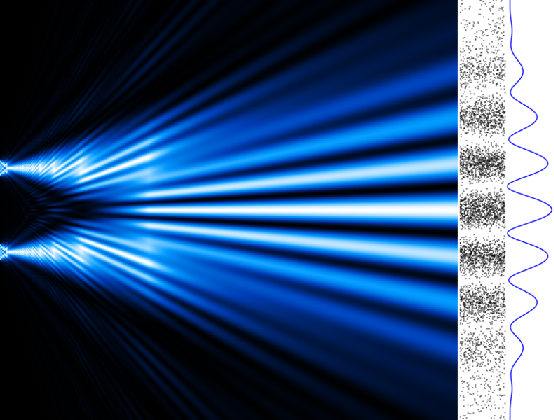
Particles normally seem to travel faster than the speed of light only when light has been slowed down, such as by travelling through a dense medium, like water. However, the OPERA experiment thought it had found neutrinos travelling fractionally faster than light in a vacuum (superluminal), which (unlike tachyons) would break the theory of relativity and make time travel possible. However, other scientists measured the energy of these particles and found they were behaving as expected, where even travelling just a little faster than c, the neutrinos should have sprayed out electrons, photons, and bundles of energy when superluminal, which was not the case. Why their speed appeared to be faster remains unknown, as does whether it is possible to get normal particles superluminal.


 2
2Some scientists have theorised that the mass of a photon is not, indeed, necessarily zero, but that it has a limit: ~10-27 eV[3]. Photons with non-zero mass could explain effects that have previously been attributed to dark energy, but as we can’t measure the proposed mass of the photon, we are unable to confirm the theory.


The Yang-Mills and Mass Gap is one of the biggest unsolved problems in physics and mathematics, which in 2000 became one of the Millennium Problems set by the Clay Mathematics Institute. These problems each carry a £1 million reward for their solution, although only one, the Poincare conjecture, has yet been solved. The theory is the foundation used to describe elementary particles via geometric structures, explaining concepts such as the strong interaction by assuming particles have a positive mass, even though the classical waves travel at the speed of light. This is the quantum mechanical property “mass gap” and appears to make no sense, although it has been experimentally verified.


Black holes and the information paradox
The event horizon of a black hole is the point of no return beyond which nothing can escape its gravitation pull, not even light. Just before this point, quantum mechanics suggests that pairs of particle are produced – and, sometimes, one falls into the black hole, while the other is radiated away. This is known as Hawking radiation.
However, because matter is made up of particles with a quantum state (encoded information describing the particle), when they enter the black hole, only blackbody radiation is emitted, and the information on the particles that fell into the black hole appears lost. This poses physicists with a problem, because the laws of quantum mechanics forbid the loss of information. So either we're wrong about the laws of quantum mechanics, or we're wrong about what happens with these particles!
Learn more about Information paradox.

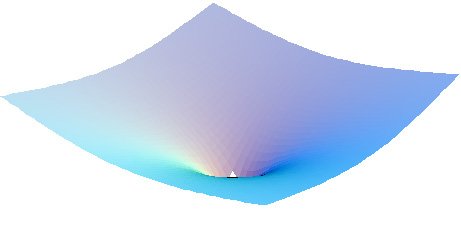
Dark matter particles
Dark fusion has been proposed as a theory to explain the observed anisotropic distribution of dark matter particles. For example, near the centre of galaxies, where there is lots of clustered matter, dark matter seems more evenly distributed than we would expect. Scientists think that the dark might actually be as clustered as we would expect – in fact, they think it could be so clustered that dark matter particles “bump” and fuse. Previous models of dark matter particles have assumed that bumping would result in an exchange of energy and the particles bouncing off each other, but this is only an assumption. The new idea suggests that the combination of two or more dark matter particles could produce new, mysterious matter particles different from dark matter particles and potentially even more undetectable.


 2
2Nanoparticles
There's a lot of concern about the potential toxicity of nanomaterials. Nanomaterials are defined purely in terms of size – they are between 1 and 100 nm in at least one dimension, so they could be made of anything and have any properties – naturally, some will be toxic and some will not. However, because the surface area to mass ratio is so high in nanomaterials, their chemistry is governed primarily by surface rather than bulk properties; this means fundamental physical and chemical properties may be different from larger particles of the same material and just because the larger particles are harmless does not necessarily mean the nanoparticles are. Because toxicity depends upon dose, it is possible that nanoparticles may also alter the amount of a substance that becomes toxic. There is currently no UK-wide legislative restriction on nanomaterials, and they appear in our food, clothes, and many other places. Because there are so many materials in the world, it is hard to test all of them on the nanoscale to see if there is a trend.
Learn more about Nanotoxicity.


Scientists have found metal in the human brian, including various trace metallic elements, but in particular magnetite nanoparticles. Electron microscopy studies show that the particles were formed at high temperature and therefore outside the body, probably entering the frontal lobes of the cerebral cortex and spinal cord via the inhalation of airborne pollution particles. The accumulation of this metal could be a hazard to human health, especially magnetite, which is strongly magnetic, redox active, and forms a charged surface.


Proteins bind to engineered nanomaterials in biological and environmental systems, forming a protein corona. This changes the surface chemistry, reactivity, and fate of the nanomaterials, but it’s hard to know how. However, new predictive models have been created using machine learning and random forest classification. This work could have implications in pollution remediation and drug delivery[2].


 3
3Volcanic emissions
Volcanoes are mysterious enough, forming underground and out of site before activating on the surface with huge impacts, but the chemistry of what they spew out is yet another mystery. We know lots of things that volcanoes spew out, aerosols of sulfur particles, for example, but predicting how much of what compounds will be released by any one volcano, even one with a history of recent eruptions, is extremely difficult. What's more, predicting the environmental impact of these outputs is even trickier. Many of the compounds released are aerosols that go up and interact with the stratosophere, undergoing atmospheric chemistry and contributing to acid rain and greenhouse gas levels, as well as reflecting sunlight and causing global cooling. We do know that volcanoes have one of the biggest impacts on atmospheric chemistry of any source, but what a change in the frequency or magnitude of volcanic eruptions might do – except delay air travel – is unknown.


 2
2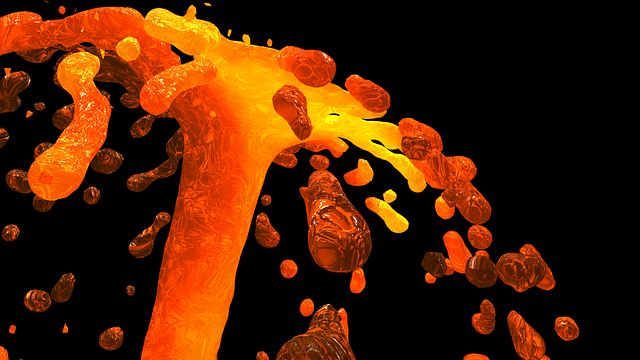
This article was written by the Things We Don’t Know editorial team, with contributions from Cait Percy, Johanna Blee, Rowena Fletcher-Wood, and Alice Wayne.
This article was first published on 2017-11-26 and was last updated on 2021-07-19.
References
why don’t all references have links?
[1] Omar, Y., (2005) Indistinguishable particles in quantum mechanics: an introduction. Contemporary Physics 46(6):437-448. doi: 10.1080/00107510500361274.
[2] Findlay, Matthew R., et al. Machine learning provides predictive analysis into silver nanoparticle protein corona formation from physicochemical properties. Environmental Science: Nano 5.1 (2018): 64-71.
[3] Kouwn, S. Oh, P. and Park, C. Massive photon and dark energy. Physical Review D, vol.93, p.083012, 2016. doi:10.1103/PhysRevD.93.083012.
Recent particles News
Get customised news updates on your homepage by subscribing to articles














